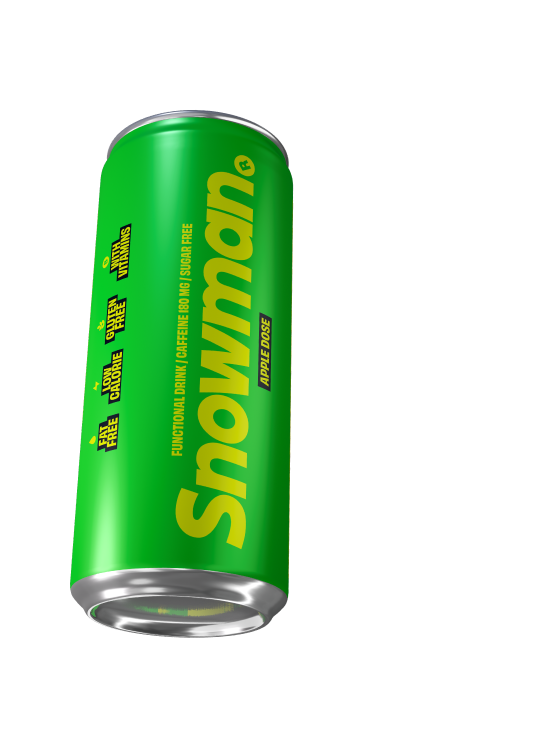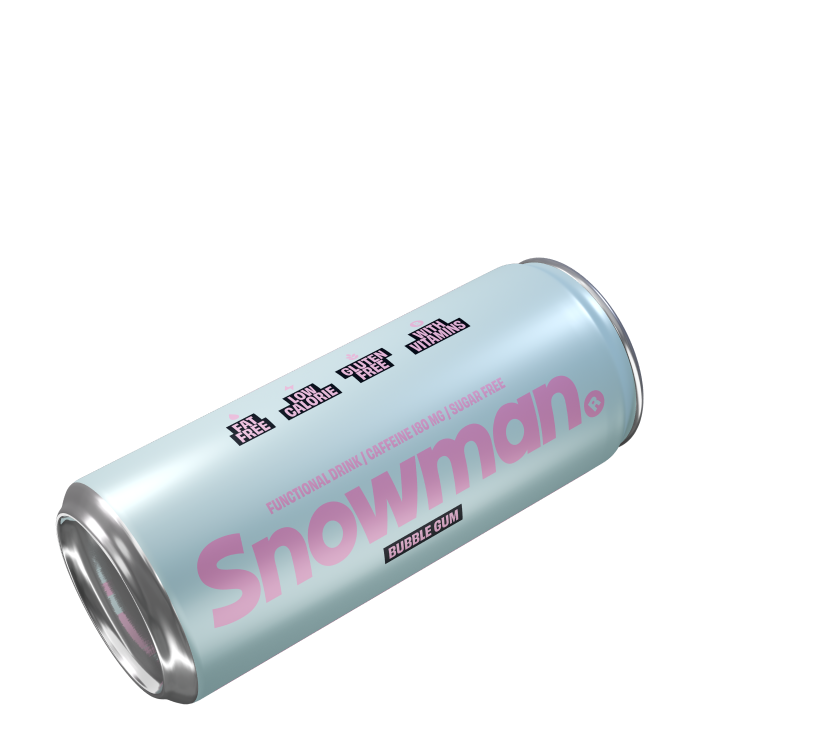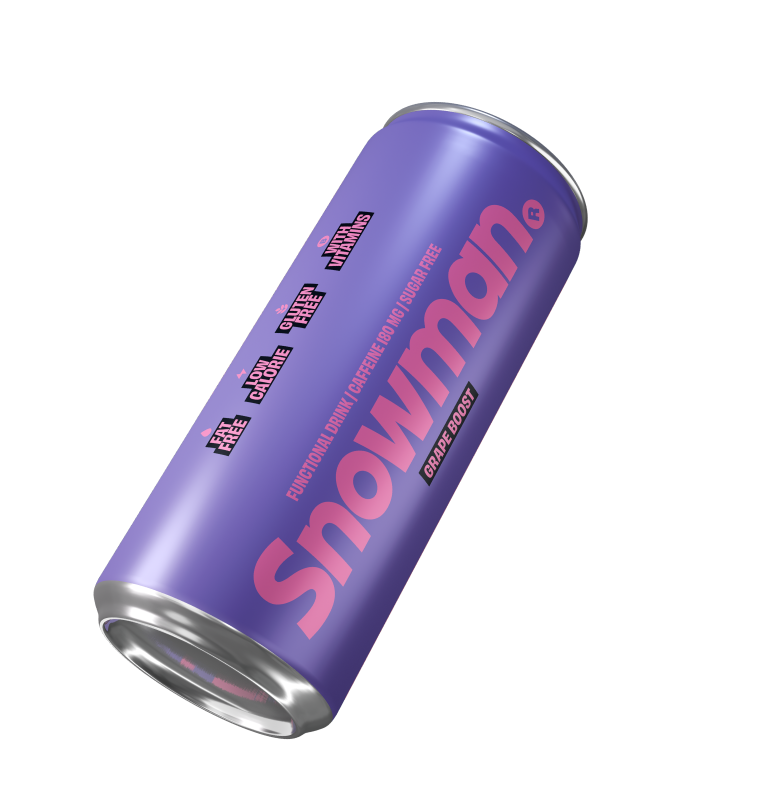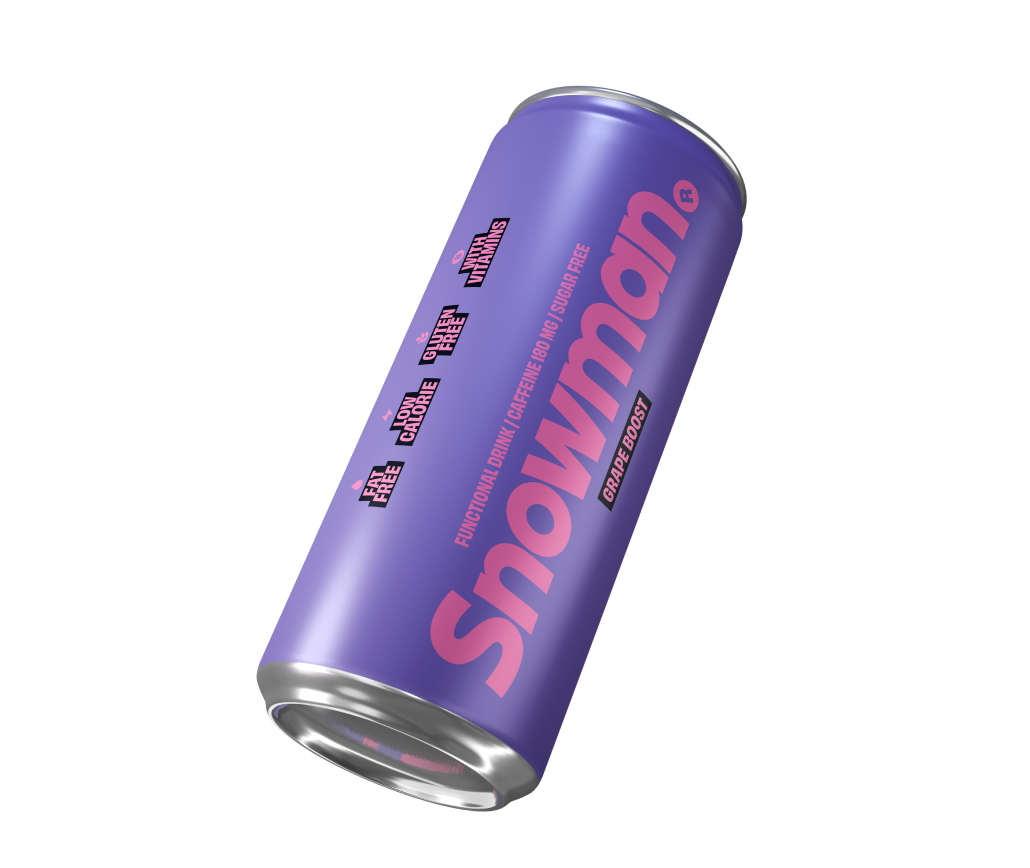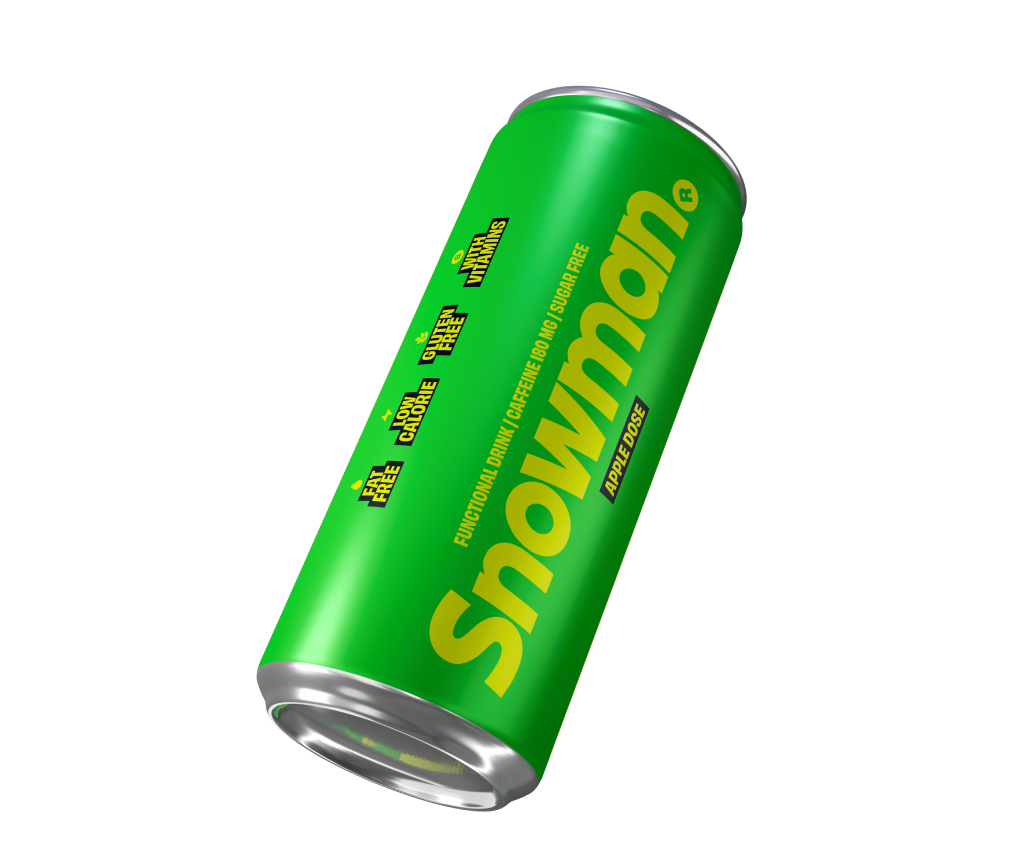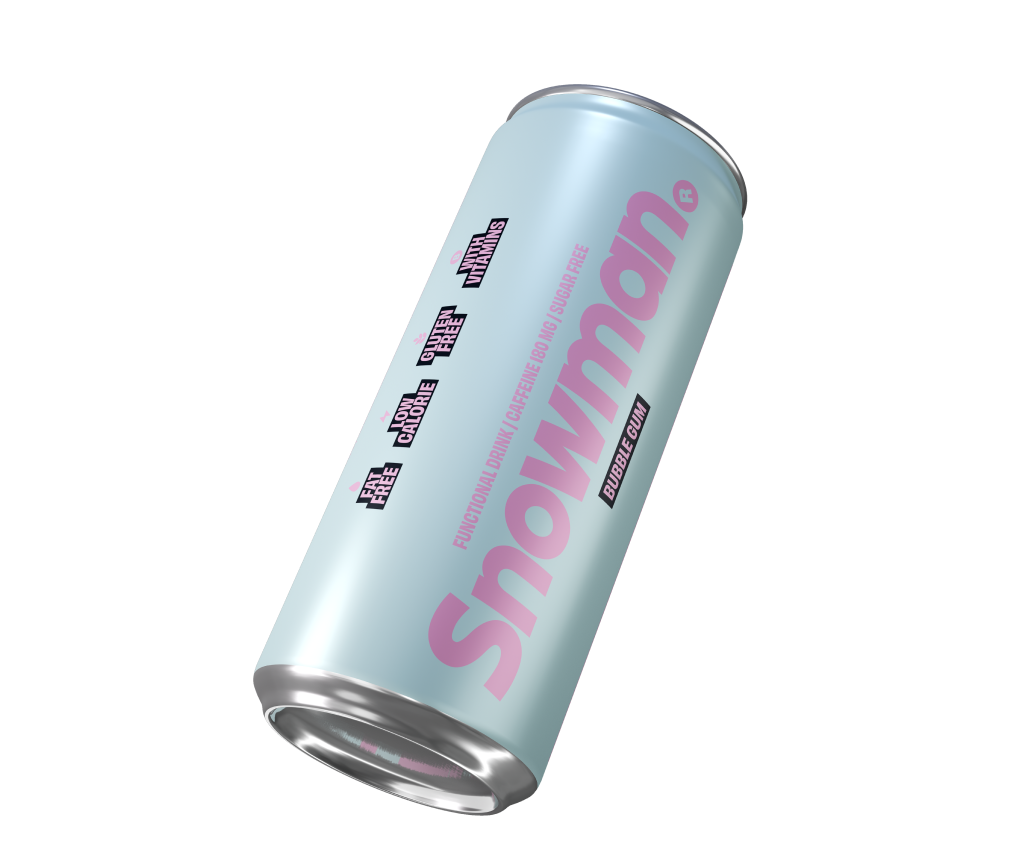
So, when was first vape made and how it was made? The history of vaping dates back to the 1960s when Herbert A. Gilbert created the first device that closely resembled the modern e-cigarette. Gilbert received a patent in 1965 and created prototypes, but failed to commercialize it. Since then, vaping technology has come a long way, and the industry has grown tremendously.
A disposable vape is a type of electronic cigarette that is designed for single-use. It is a small, portable device that comes pre-filled with e-liquid and a battery. Disposable vapes are popular among smokers who are looking for a convenient and discreet way to vape. They are also popular among people who are new to vaping and want to try it out without investing in a more expensive device.
A vape typically consists of a battery, a tank or cartridge, and an atomizer. The battery powers the device, while the tank or cartridge holds the e-liquid. The atomizer heats the e-liquid and turns it into vapor, which is then inhaled by the user. Vapes come in a variety of shapes and sizes, and can be customized with different flavors and nicotine strengths.
Historical Timeline of Vape Creation
Joseph Robinson’s Patent
The first known patent for an electric vaporizer was filed in the United States on May 3, 1927, by Joseph Robinson. His patent was for a device that he described as being for “medicinal compounds.” Robinson’s invention was never commercialized, but it is considered to be one of the earliest examples of a device that could be used to vaporize substances.
Herbert A. Gilbert’s Innovation
Herbert A. Gilbert is widely credited with creating the first device that closely resembled the modern e-cigarette. In 1963, he filed a patent for a “smokeless non-tobacco cigarette,” which he described as a “safe and harmless means for and method of smoking by replacing burning tobacco and paper with heated, moist, flavored air.” Gilbert’s device used replaceable cartridges filled with a flavored liquid, and he even made prototypes, but he failed to commercialize it.
Hon Lik’s Electronic Cigarette
Hon Lik, a Chinese pharmacist, is credited with inventing the first commercially successful electronic cigarette. Lik’s device, which he called the Ruyan (meaning “like smoke”), was introduced to the Chinese market in 2004. It used a battery-powered heating element to vaporize a nicotine solution, creating a smoke-like vapor that could be inhaled. The Ruyan was later renamed the “electronic cigarette” or “e-cigarette” and quickly gained popularity around the world.
Phil Ray and Norman Jacobson’s Contributions
Phil Ray and Norman Jacobson were two American inventors who made significant contributions to the development of the modern e-cigarette. In 1980, they filed a patent for a “smoking article” that used a heating element to vaporize a liquid solution. Their device was never commercialized, but it is considered to be an important precursor to the modern e-cigarette.
What is a Disposable Vape?
A disposable vape is a type of e-cigarette that is designed to be used once and then discarded. These devices are typically small and compact, and they are pre-filled with a nicotine solution. Disposable vapes have become increasingly popular in recent years because they are convenient and easy to use.
What Does a Vape Look Like?
Vapes come in a variety of shapes and sizes, but most modern e-cigarettes are designed to look like traditional cigarettes. They are typically cylindrical in shape and have a mouthpiece on one end and a battery on the other. The battery powers a heating element that vaporizes a liquid solution, which is then inhaled through the mouthpiece. Some vapes are more complex and may have adjustable settings or larger tanks for holding more liquid.
When was first vape made: Understanding Vapes
Vapes, also known as electronic cigarettes or e-cigarettes, are a popular alternative to traditional tobacco cigarettes. They were first invented in 1927 by Joseph Robinson, but it wasn’t until the early 2000s that they gained widespread popularity. Vapes work by heating a liquid, called e-juice or e-liquid, which produces a vapor that is inhaled. In this section, we will discuss the components of a vape, the design and appearance of vapes, and the variety of vapes available.
Components of a Vape
Vapes consist of several components that work together to produce vapor. The main components of a vape include a battery, a coil, and a tank. The battery is the power source for the vape and is typically rechargeable. The coil is a heating element that heats the e-liquid, producing vapor. The tank is where the e-liquid is stored and is connected to the coil. Other components of a vape may include a vaporizer, mods, atomizer, cigalikes, sub-ohm tanks, clearomizer, cartomizer, airflow, and touch.
Design and Appearance of Vapes
Vapes come in a variety of designs and appearances. Some vapes are designed to look like traditional tobacco cigarettes, while others have a more modern design. Vapes can be small and discreet, making them easy to carry around, or they can be larger and more powerful. Some vapes have a sleek and stylish appearance, while others are more utilitarian in design.
Variety of Vapes
There are many different types of vapes available on the market today. Some vapes are disposable, meaning they are designed to be used once and then thrown away. Other vapes are refillable, allowing the user to add their own e-liquid. Some vapes are designed for use with nicotine, while others are nicotine-free. Vapes also come in a variety of flavors, including fruit, dessert, and menthol. The variety of vapes available means that there is a vape for everyone, regardless of their preferences.
In conclusion, vapes are a popular alternative to traditional tobacco cigarettes. They consist of several components that work together to produce vapor, come in a variety of designs and appearances, and are available in a variety of types and flavors. Whether you are looking for a discreet vape to carry around with you or a powerful vape for cloud chasing, there is a vape out there for you.
When was first vape made: Disposable Vapes
Disposable vapes are a type of electronic cigarette that are designed to be used once and then discarded. They are a convenient and affordable option for people who want to try vaping without committing to a more expensive and complex device. In this section, we will explore the features of disposable vapes, their convenience and capacity, and some popular brands.
Features of Disposable Vapes
Disposable vapes are small, compact devices that are pre-filled with e-liquid. They are usually made of plastic and are designed to look and feel like a traditional cigarette. Disposable vapes typically have a battery life of around 300 to 800 puffs, depending on the brand and model. They are available in a range of flavors and nicotine strengths, from 0mg to 50mg.
The design of disposable vapes makes them easy to use. They do not require any filling, charging, or maintenance. Simply remove the device from its packaging, remove the protective cap, and inhale through the mouthpiece. Some disposable vapes also feature an LED light that glows when the user inhales, simulating the experience of smoking a traditional cigarette.
Convenience and Capacity
One of the main advantages of disposable vapes is their convenience. They are small and lightweight, making them easy to carry around in a pocket or purse. They are also discreet, with no visible vapor produced when the user exhales. This makes them a popular choice for people who want to vape in public without drawing attention to themselves.
Disposable vapes also have a relatively large e-liquid capacity compared to other types of e-cigarettes. They typically hold between 1.3ml to 5ml of e-liquid, which is enough for several hundred puffs. This means that users do not need to refill the device or carry around extra e-liquid bottles.
Popular Disposable Vape Brands
There are many different brands of disposable vapes on the market, each with their own unique features and flavors. Some of the most popular brands include Juul, Geek Bar, and Puff Bar. Juul is known for its sleek design and high nicotine content, while Geek Bar offers a wide range of flavors and nicotine strengths. Puff Bar is a popular brand among younger vapers, with a variety of fruity and sweet flavors.
Overall, disposable vapes are a convenient and affordable option for people who want to try vaping without committing to a more expensive and complex device. They are easy to use and offer a range of flavors and nicotine strengths to suit different preferences. However, it is important to note that disposable vapes are not designed to be a long-term solution for vaping, and users should always follow the manufacturer’s instructions for safe use and disposal.
Vaping Liquids and Cartridges
E-Liquid Ingredients
E-liquid, also known as vape juice or vape liquid, is the substance that is vaporized in a vape device. It typically contains a mixture of propylene glycol (PG) and vegetable glycerin (VG), which are both commonly used in food and medical products. PG is known for providing a stronger throat hit, while VG produces more vapor. Some e-liquids also contain nicotine, which is an addictive substance found in tobacco products.
In addition to PG, VG, and nicotine, e-liquids may also contain flavorings or additives. These flavorings can range from simple fruit or menthol flavors to more complex dessert or candy flavors. It is important to note that some flavorings may contain diacetyl, which is a chemical that has been linked to lung disease. However, reputable e-liquid manufacturers do not use diacetyl in their products.
Nicotine Strengths
E-liquids are available in a range of nicotine strengths, from nicotine-free to high nicotine concentrations. The strength of the nicotine is typically measured in milligrams per milliliter (mg/ml). Some common nicotine strengths include 0mg/ml, 3mg/ml, 6mg/ml, 12mg/ml, and 18mg/ml. It is important for users to choose a nicotine strength that is appropriate for their individual needs and preferences.
Flavors and Additives
Flavors and additives can greatly enhance the vaping experience. There are a wide variety of flavors available, from traditional tobacco and menthol flavors to more exotic options like blue raspberry or cotton candy. Some e-liquids also contain additives like caffeine or vitamins. However, it is important to note that not all flavorings and additives are safe for inhalation, so users should only purchase e-liquids from reputable manufacturers.
Cartridges
Vape cartridges are pre-filled containers that are used with certain types of vape devices. They typically contain e-liquid and a heating element, and are designed to be disposable. Cartridges come in a range of flavors and nicotine strengths, and are a convenient option for users who want to avoid the hassle of refilling their vape device.
Overall, e-liquids and cartridges are an essential component of the vaping experience. By understanding the different ingredients and options available, users can choose the products that are best suited to their individual needs and preferences.
Health and Safety Concerns
Health Effects of Vaping
Do you know when was first vape made? While vaping is often marketed as a safer alternative to smoking, it is not without health risks. The World Health Organization (WHO) warns that vaping can expose users to a range of potentially harmful chemicals, including metallic nanoparticles and formaldehyde. The National Health Service (NHS) notes that the long-term effects of vaping are not yet fully understood, but that it is clear that vaping can cause damage to the lungs and airways.
One of the biggest concerns with vaping is the risk of lung cancer. While vaping does not involve burning tobacco, it does involve heating up a liquid that often contains nicotine, which is a known carcinogen. The FDA has not yet approved any vaping products as a smoking cessation aid, and the WHO warns that vaping may actually lead to dual use, where users continue to smoke cigarettes while also vaping.
Regulation and Safety Measures
In response to growing concerns about the safety of vaping, many countries have implemented regulations to restrict or ban the sale and use of vaping products. The FDA has implemented regulations in the United States, requiring manufacturers to register their products and submit them for review. The FDA has also banned the sale of flavored vaping products, which are often marketed towards youth.
The CASAA, a consumer advocacy group, argues that vaping products should be regulated differently than traditional tobacco products, as they are smokeless and do not contain tobacco. However, it is clear that more regulation and safety measures are needed to ensure that vaping products are safe for consumers.
Dual Use and Addiction Risks
Another concern with vaping is the risk of addiction and dual use. Many vaping products contain nicotine, which is highly addictive. The WHO warns that vaping may actually increase the risk of smoking cigarettes, as users may become addicted to nicotine and continue to smoke while also vaping.
The CASAA argues that vaping can be a useful tool for smokers who are trying to quit, but notes that it is important for users to be aware of the risks of addiction and dual use. The organization recommends that users who are trying to quit smoking should use vaping products as part of a comprehensive smoking cessation program, rather than relying on vaping alone.
Overall, while vaping may be marketed as a safer alternative to smoking, it is clear that there are still many health and safety concerns associated with vaping. It is important for users to be aware of these risks, and for regulators to implement measures to ensure that vaping products are safe for consumers.
When was first vape made: Vaping Around the World
Vaping has become a global phenomenon, with millions of people around the world using electronic cigarettes and vaporizers. While vaping regulations vary from country to country, the popularity of vaping continues to grow worldwide.
Vaping in Europe
In Europe, vaping regulations are governed by the Tobacco Products Directive (TPD), which was implemented in 2016. The TPD restricts the size of e-liquid bottles and nicotine strength, and requires all e-cigarettes and e-liquids to be registered with the government.
Despite these regulations, vaping remains popular in Europe, with many countries embracing the harm reduction potential of vaping. In the UK, for example, vaping is widely promoted as a smoking cessation tool and is available on the National Health Service (NHS).
Vaping in the U.S.
In the United States, vaping regulations vary from state to state, with some states banning the sale of flavored e-liquids and others imposing taxes on vaping products. In 2019, a vaping-related illness outbreak led to increased scrutiny of the industry, and several states implemented temporary bans on vaping products.
Despite these challenges, vaping remains popular in the U.S., with millions of Americans using e-cigarettes and vaporizers. Many vapers in the U.S. use disposable vapes, which are convenient and easy to use.
Vaping in Asia and Australia
In Asia, vaping regulations are generally stricter than in Europe and the U.S. In Beijing, for example, vaping is banned in public places, and the sale of e-cigarettes and e-liquids is heavily restricted. In Australia, nicotine-containing e-cigarettes are illegal, and the sale of vaping products is heavily regulated.
Despite these restrictions, vaping remains popular in Asia and Australia, with many people using e-cigarettes and vaporizers as a smoking cessation tool. Also asking the question when was first vape made might answer several previous questions.
Overall, vaping is a global phenomenon that continues to grow in popularity. While regulations vary from country to country, the harm reduction potential of vaping is widely recognized, and many people around the world are turning to e-cigarettes and vaporizers as a safer alternative to smoking.
Future of Vaping
As the vaping industry continues to grow, the future of vaping looks promising. With new technologies emerging and changing regulations, the landscape of vaping is constantly evolving. This section will explore some of the emerging trends and advancements in the vaping industry.
Emerging Vape Technologies
The vaping industry is constantly evolving, with new technologies emerging all the time. One of the most exciting developments in recent years is the rise of pod systems. Pod systems are small, compact vape devices that use pre-filled pods of e-liquid. They are ideal for vapers who are looking for a more convenient and discreet way to vape.
Another emerging trend in the vaping industry is the use of nicotine salts. Nicotine salts are a form of nicotine that is extracted from tobacco leaves and combined with an organic acid. They are designed to provide a smoother and more satisfying nicotine hit than traditional e-liquids.
Changing Regulations
The vaping industry is facing increasing regulation around the world. In many countries, vaping is subject to the same regulations as tobacco products. This means that vaping is banned in many public places and subject to strict advertising restrictions.
In the United States, the Food and Drug Administration (FDA) has taken a strong stance on vaping. In 2019, the FDA announced that it would ban all flavored e-cigarettes, with the exception of tobacco and menthol flavors. This move was designed to curb the use of e-cigarettes among young people, who are more likely to use flavored e-cigarettes.
Public Perception
The public perception of vaping is also changing. While vaping was once seen as a healthier alternative to smoking, there is growing concern about the long-term health effects of vaping. Some studies have suggested that vaping may be just as harmful as smoking, particularly when it comes to cardiovascular health.
As a result, many health organizations are warning against the use of e-cigarettes. In New Zealand, for example, the Ministry of Health has launched a campaign to discourage people from using e-cigarettes. The campaign warns that e-cigarettes are not a safe alternative to smoking and that they can be addictive.
When was first vape made: Trends
Despite the changing landscape of the vaping industry, there are still some trends that are likely to continue. For example, the use of disposable vapes is becoming more popular. Disposable vapes are pre-filled with e-liquid and can be thrown away after use. They are ideal for vapers who are looking for a more convenient and hassle-free way to vape.
Another trend in the vaping industry is the rise of tobacco companies entering the market. Companies like Reynolds are investing heavily in the vaping industry, with the aim of capturing a share of the growing market.
Overall, the future of vaping looks bright, with new technologies and trends emerging all the time. However, it is important to remember that vaping is not without risks. Vapers should always be aware of the potential health risks associated with vaping and should take steps to minimize those risks.
